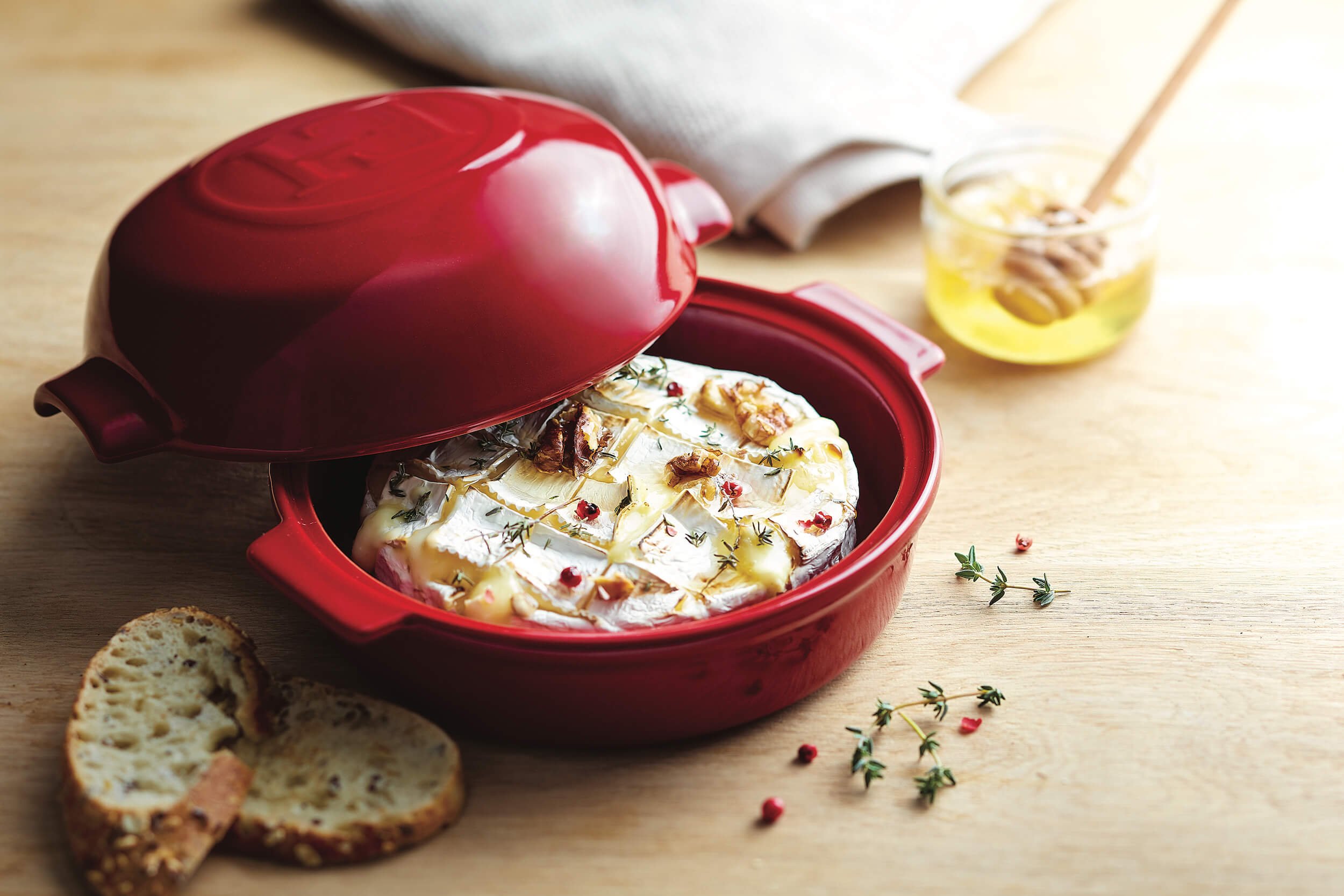My appreciation of certain foods is only enhanced by the symbolism associated with them. As an example, in Italy it's a tradition to eat lentils on new years day. The individual lentils are supposed to represent the coins that will come to you in the new year. Ever since I heard that, the thought of a big sausage and lentil stew on new years day seems like just the right thing. Jewish new years or Rosh Hashanah has its own traditional foods. I grew up eating apples dipped in honey to represent the sweetness of the new year, but I just learned that another traditional food for the Jewish new year is the pomegranate. Moroccan Jews say that the seeds of the pomegranate represent the good deeds or mitzvah that will occur in the new year and I have to say I think that the two-fold symbolism is as sweet as an apple dipped in honey.
Pomegranates like figs, feature prominently in Greek mythology, as well as the bible. They have long been a symbol of fertility in many cultures. Have you ever noticed how often they show up in religious paintings? Christians have so many different interpretations of the pomegranate it's tough to keep track. One is that it represents the Christian Church because of its many seeds in a single fruit. A second idea is that it symbolizes God's bountiful love, a third related version is that it represents generosity. Because of the crown-like top it also represents royalty and the crown of thorns. Finally because of it's dripping blood-like fruit, the pomegranate has been associated with the bloody suffering of Christ's body on the cross. Whew! I think that's all of them.
The best tasting pomegranates come into season now. The most readily available brand on the market is appropriately enough called, "POM Wonderful." They have very red, sweet seeds and are powerful antioxidants containing vitamin C and potassium and have a delicious sweet tart flavor. The fruit is labor intensive to say the least, but the seeds make a nice garnish to various types of dishes from yogurt to salads and desserts. You can buy the seeds in containers as well as the juice these days during pomegranate season, September through January.
The juice is used in cooking in some Middle Eastern countries where the fruit originally came from, and you can buy pomegranate syrup or pomegranate molasses in some ethnic grocery stores. You can slice the fruit in half and squeeze it to get the juice out, but you might have to do it in the bathtub if you don't want to ruin your clothes. Getting the seeds free is best done in a bowl of water, just cut the top off and score the outside with a knife then break it apart under water to loosen the seeds. I've been told that using the juice for roasting a chicken creates a wonderful rosy colored skin. I know that squeezing the fruit certainly causes MY skin to go rosy...
I recently came across a recipe for baking pomegranate seeds in ginger muffins that peaked my interest in using pomegranate as in ingredient, if you want to cook with pomegranates check out the recipes at Pomwonderful.com





